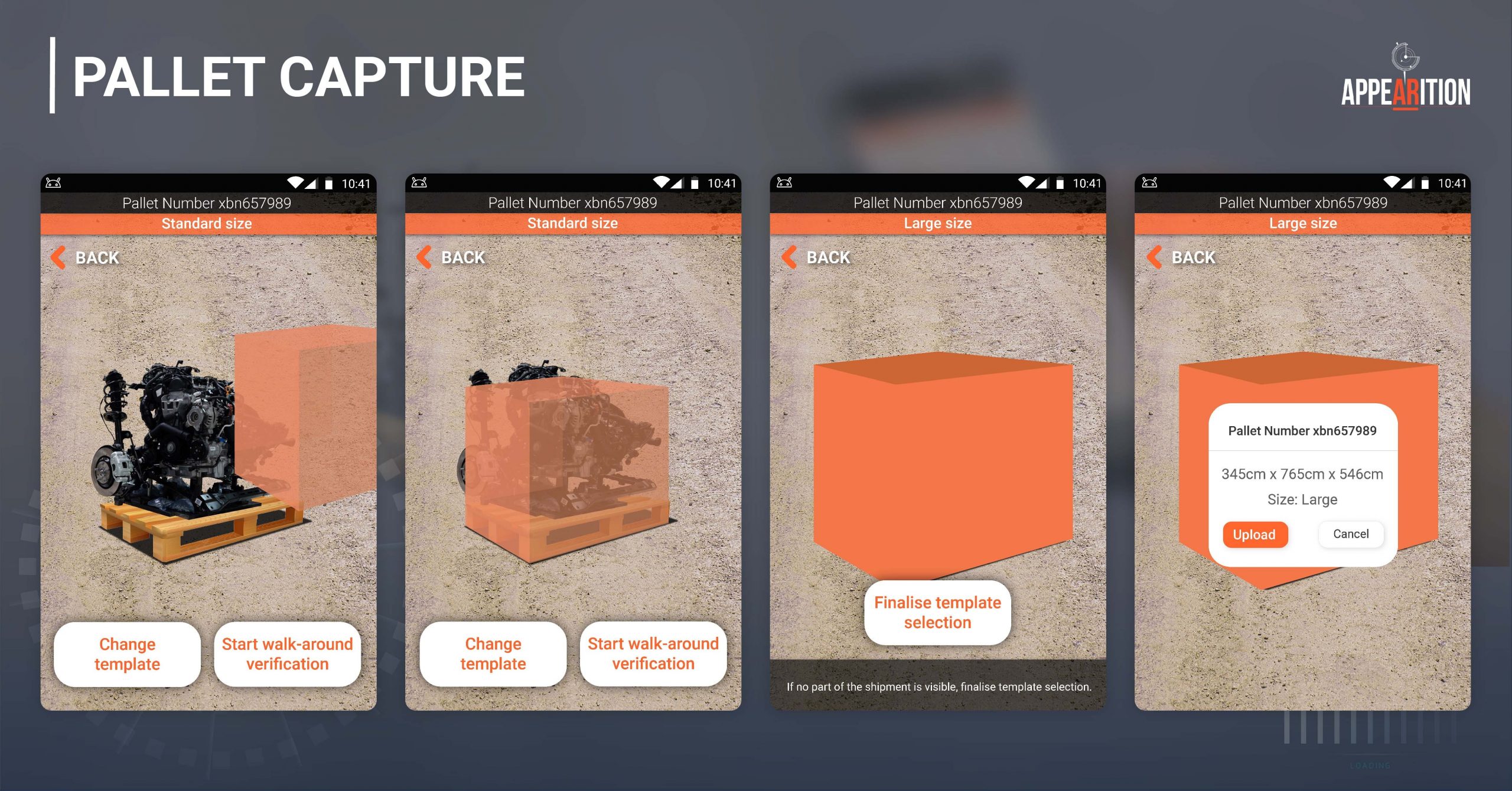Deepa Umesh, Head of Delivery, Appearition India, talks on how design makes a difference in Branding, Digital Transformation and more:
How to achieve branding using design?
Consistency is the key to branding. We drive the end user to build a perception of our brand through design. If there is a disconnect in a medium or between digital and physical communication or design, the ability to identify our brand is lost.
A repeated systematic approach will provide the solution to business branding. It is a journey not a process that is definitive.
Imagination + Creativity + Empathy + Innovation results in Value creation.
Along with these components, conducting a SWOT analysis will help in market segmentation and identifying targets. It gives an outline to a pragmatic and holistic approach.
Semiotics – the study of symbols opens more avenues in terms of design as these are based on language and culture. Human Psychology + Semiotics lead to solution building – a spot where design plays a pivotal role.
In recent years, symbols have replaced text. Symbols indicate, designate, and process the visuals. This results in creating a likeness, providing an analogy and acts as a metaphor for the objects that symbol represent.
A culmination of the above-mentioned aspect(s) leads to clarity, consistency and credibility of branding.
Thus, Branding is automatically achieved when we focus on the solution as opposed to the problem.
Digital Transformation: What will be the role of a design in this next big thing?
As we know, design facilitates that oneness in tone and thinking. To me, being able to change what we do and how we do forms the crux of digital transformation. Design plays the crucial role in being able to set the tone, track and deliver it.
Design is constantly evolving with time and technology-your task is to take puzzle pieces and make the final picture without knowing how it should look. The key isn’t gathering a lot of pieces, it’s gathering all the right pieces.
Mapping and analysing, an activity reliant on design, is the underlying factor that lets you take stock of the direction you’re moving toward. Furthermore, demographics and psychographics play a key role in deciding how we go about designing change.
People might think design to be as simple as creating fancy logos with Photoshop or any other software you can get your hands on but what they don’t realize is all the back-end work that goes into the final product which conveys the innate depth of a company’s mission and vision.

Connect with us
I want the latest in…
According to you, what are the factors to consider when balancing content and design to deliver the best product?
Content dictates the design form. We are amid multitudes of communication channels such Facebook, Twitter, Instagram, LinkedIn, Snapchat, Pinterest etc. Each of these mediums have developed a form of presentation and content for itself. So much so that when we colloquially say, ‘write a tweet’, people understand that it is within 280 characters. Thus, social media has given a whole new meaning to the term ‘in a nut shell.’ And design wise, 1080 x 1080 has become the new informal standard for pictures on Facebook and Twitter whereas WhatsApp and Snapchat are a whole new ball game.
Freedom and the kind of work we do decides what we design or how we design. A newspaper design depends on the content, an advertisement can be designed to be bold and bright. In the same scenario, content will be in-depth in a newspaper and very minimal for an ad. The best of both worlds can be achieved when we know the end product we are working towards delivering.
Also, they work in tangent to one another and cannot function independently.
To be able to deliver quality content, we need to accurately plan out how we convey what we convey – should the design be bold and represent our company culture or should it play second fiddle to text which will drive the background design.
As long as we are clear on this aspect, we can always deliver the best of both worlds. Like I said, content and design are very much interdependent.




